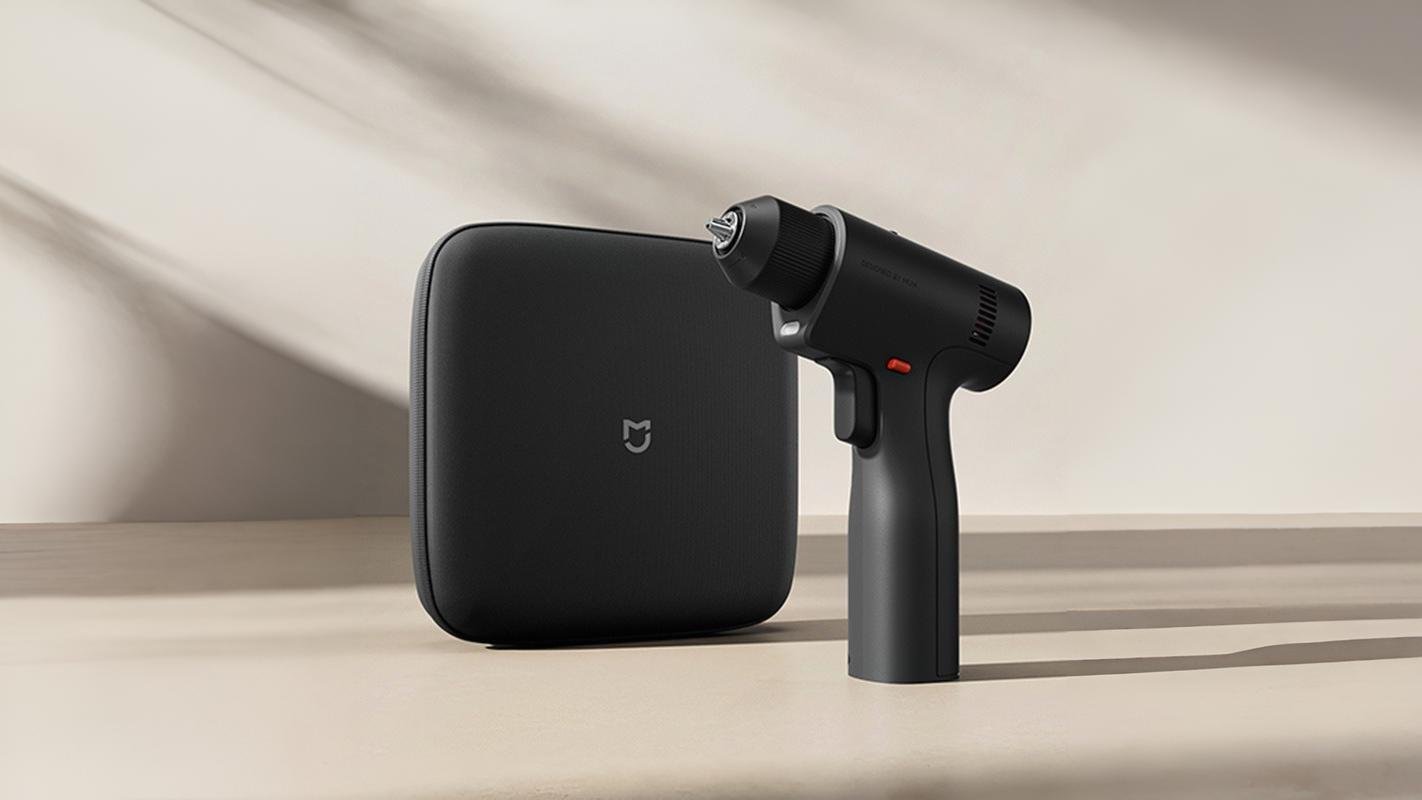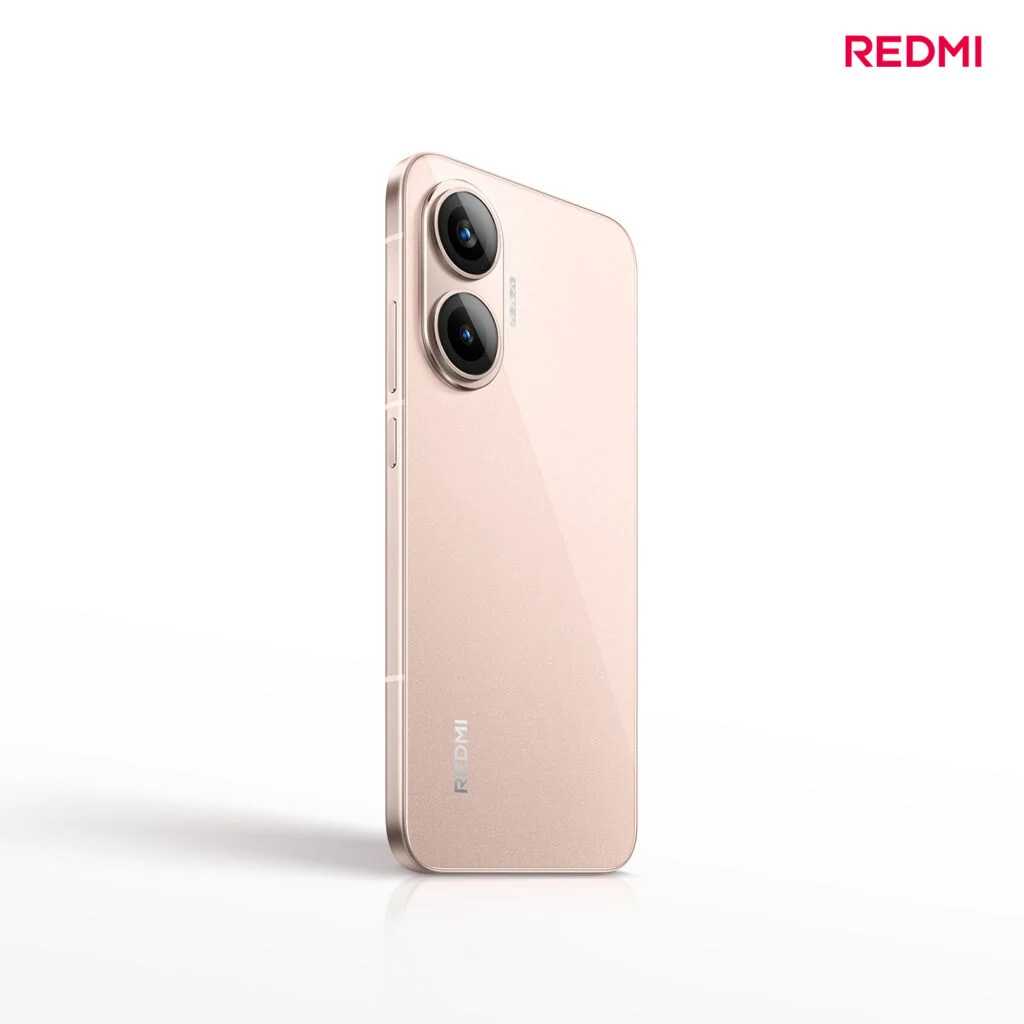How to reset and restore your PC with Windows 10: with cloud download or local reinstallation, deleting everything or keeping the files
One of the most important improvements of Windows 10, compared to previous versions, is the recovery procedure , which allows you to recover the functioning of the PC when something does not work well or even in case of serious errors.
Whenever you find a problem to fix on your computer, instead of formatting or reinstalling your system manually, you can use the reset and recovery tool included with Windows 10 , called Reset PC . Resetting Windows 10 is very convenient because it is all automatic and allows you to choose whether to keep your personal files or to delete everything and start from scratch.
Let’s see together in this guide how to reset Windows 10 and reset the computer according to our needs, choosing whether to keep personal files or delete everything (useful if we have to give or sell a PC).
PC Reset Options and Operation
To access the Windows 10 reset options, all we have to do is open the Start menu, search for Settings , open the Update and Security menu, press the Restore menu in the side column and finally press Start , present under the Reset PC section .

After pressing the Start button, the system reset and recovery procedure will start. Windows 10 will ask whether to keep personal files or to remove everything ; in both cases the settings will be reset and all installed programs and apps will be deleted.
Download from the Cloud
Starting with the Windows 10 2004 version (May 2020 Update), a new window will also appear in which to choose whether to download from the Cloud or Local Reinstall . The cloud download re-downloads the latest version of Windows 10 from Microsoft’s servers and removes any applications pre-installed by the PC manufacturer.
In this way you do a complete cleaning of the PC (still keeping the files if this option was chosen or removing everything if you prefer a total reset). Local reinstallation , on the other hand, returns the computer to the initial configuration, as it was bought at the store, thus keeping the pre-installed apps and programs from the manufacturer.
Also, once you have made your choice, you can click on Change Settings to change some options. To make a summary and synthetic picture, let’s see what the various options mean.
- In the case of Download from the Cloud, you are always asked whether to download Windows 10 or not.
- If you choose Remove all , however, by changing the settings you can also activate the options: Clean data , to delete everything in order to make the files no longer recoverable (this option allows you to reset the computer in case you want to give it to someone ) and whether to delete files from all drives and, therefore, delete the files both from the disk where Windows 10 is installed, and also from the other disks of the computer.
In any case, you will not need to use a Windows 10 installation disc. If your PC already had a copy of Windows at launch (pre-installed PC), the Reset PC function will restore the initial configuration.
After the reset phase, we will be asked to log in to the Windows 10 PC with the same Microsoft account used before: in this way we will recover the customized settings, if the synchronization function of settings and data is active in Windows 10 .
Do not forget that we can also install Windows without DVD or USB or, more simply, just reset the Windows 10 Settings to the initial values .
Use Reset PC on PC stuck on startup
To use the Windows 10 reset and recovery function when a major error prevents the system from booting properly, we need to access the recovery console. The simplest method to access it and forcibly restart Windows three times: if the problem is serious this path will be automatically followed by the computer, which will then start the recovery console after three consecutive blue screens (BSOD) or after 3 sudden restarts.

Once the recovery console is open, press on Fix problems and select the Reset PC itemto find all the options above, so you can restore Windows 10 even when it seems blocked and unrecoverable, thus avoiding an old-fashioned formatting (with recovery DVD , however still possible with Windows 10).
Conclusions
Windows 10 reset works in a radical way and here, for some people, a problem has arisen regarding removing drivers to make peripherals work . In fact, if we have a PC from a specific manufacturer (such as HP, Asus, Acer or Samsung) with Windows 7 or Windows 8.1 pre-installed (upgraded to Windows 10 with the update) the Reset PC option will delete any program that does not belong to Windows 10, including drivers and programs.
Fortunately, Windows 10 automatically installs the device drivers it knows through Windows Update: in case of problems with the drivers after the reset, all we have to do is launch a system update, as also seen in our guide on how to update Windows 10 through Windows Update .
Regarding the programs pre-installed by the manufacturers, in the vast majority of cases they are garbage and useless that do nothing but burden the system.
No longer having their footprint will therefore be a welcome incentive to do the reset which becomes an easy and automatic solution to have a new PC without junk and adware .
However, if there was some program that we wanted to keep because it made work, for example, the special keys of the keyboard or the fingerprint detector, then we will have to look for it on the manufacturer’s website (depending on whether the computer is from HP, Asus, Acer or other.), download and install it.
Also note that after the reset you will not be able to go back to the previous version of Windows .
On the same topic we can continue reading the guides to format on Windows 10 and how to save everything if Windows 10 does not start .




